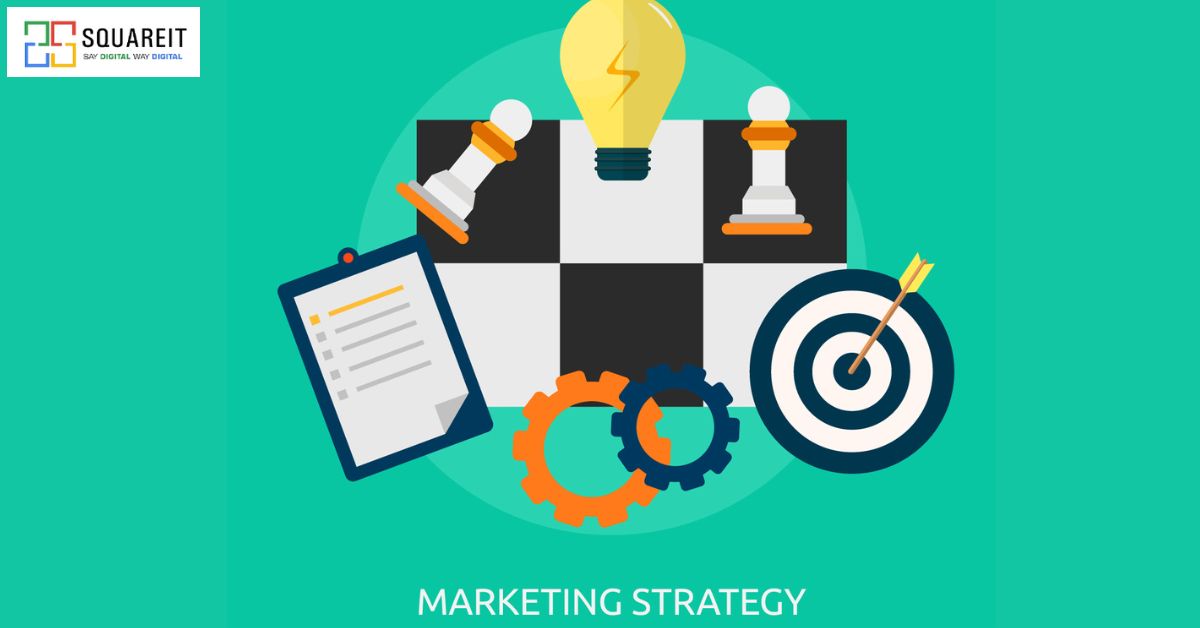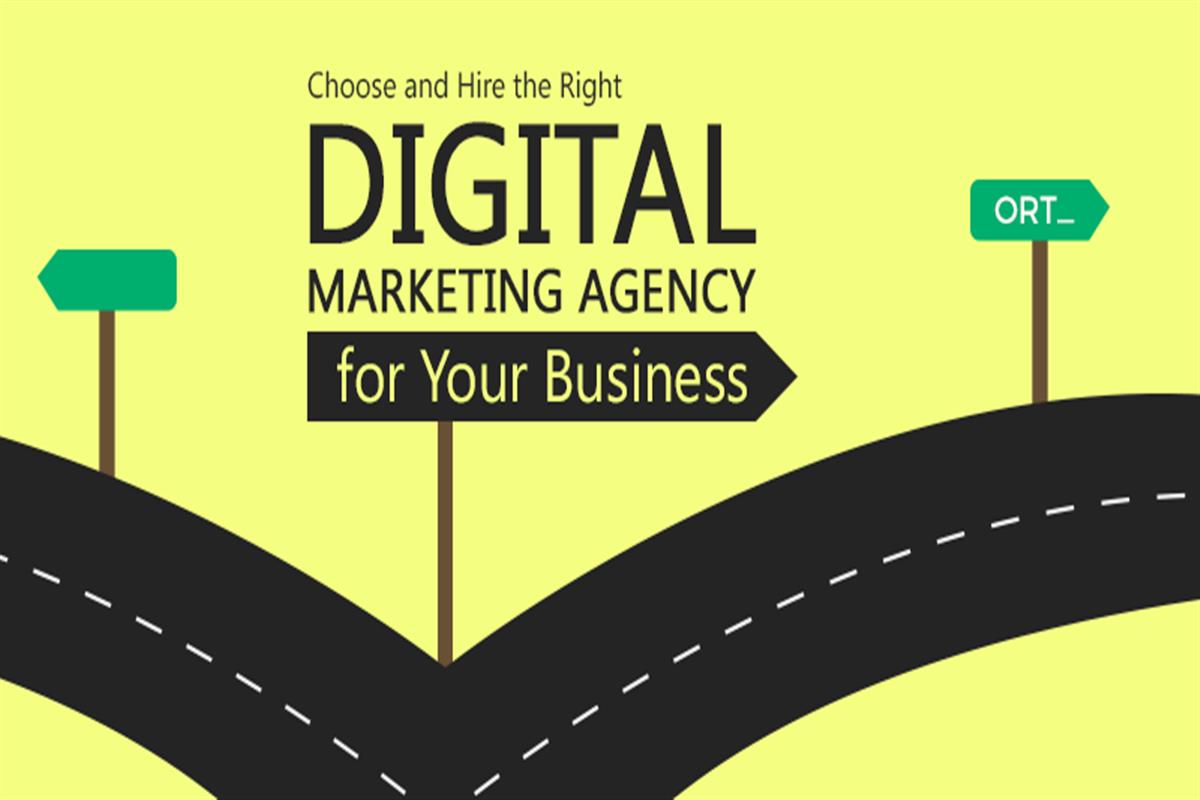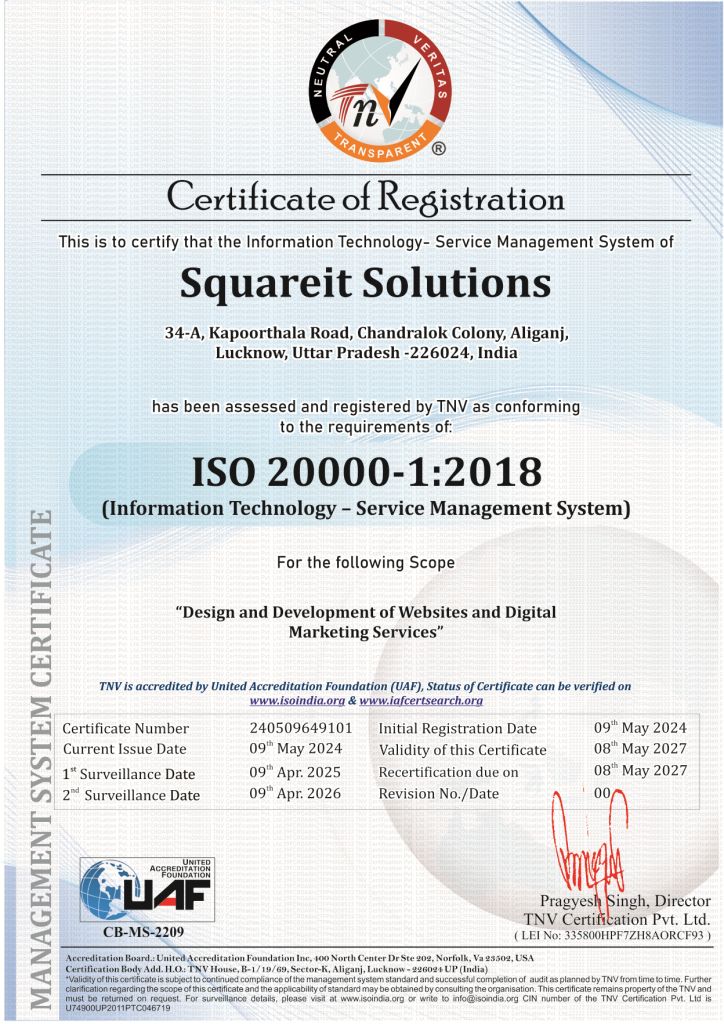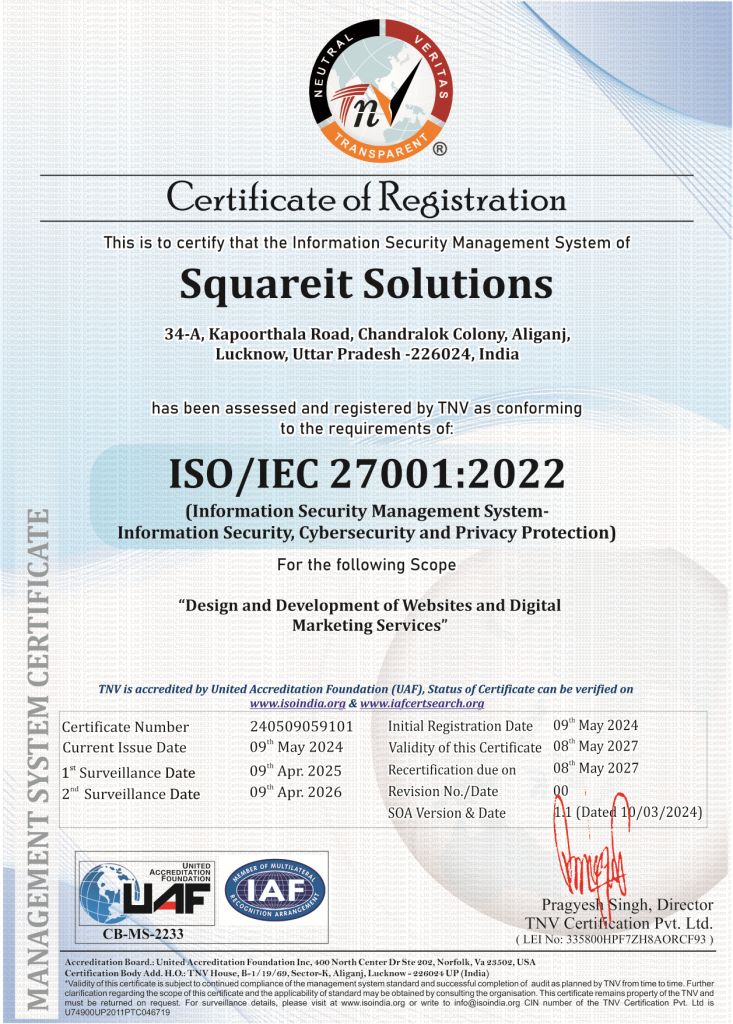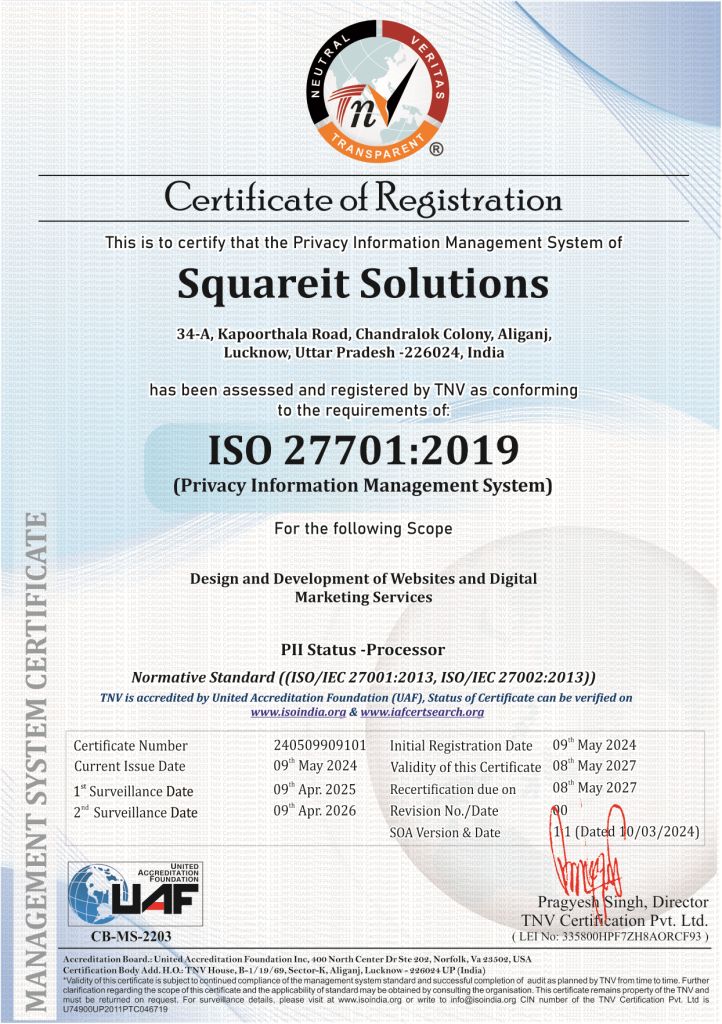A targeted marketing strategy harnesses precision to maximize impact. It wields the power to boost engagement, conversions, and ROI, creating a pathway to success in the competitive marketplace.
A targeted marketing strategy is a highly effective approach to reaching a specific audience with personalized messaging. By identifying the unique needs and characteristics of a particular group, businesses can tailor their marketing efforts to resonate with that audience and increase the likelihood of conversion. Targeted marketing allows for more efficient use of resources and a higher ROI, as messages are directed towards those most likely to respond. In this way, a targeted marketing strategy has the power to boost brand awareness, and customer engagement, and ultimately drive revenue growth.
The Key to a Successful Targeted Marketing Strategy
A successful targeted marketing strategy is crucial for businesses that want to effectively reach their desired audience and maximize their return on investment (ROI). The key to a successful targeted marketing strategy lies in understanding and defining your target audience, crafting personalized messages, and utilizing the right channels to reach them.
Firstly, it's important to define your target audience by understanding their demographics, interests, behaviors, and preferences. By understanding your target audience, you can craft personalized messages that resonate with them, instead of generic messages that may not appeal to their needs.
Secondly, crafting personalized messages that speak to your target audience is crucial. You should use language that resonates with them and addresses their pain points, interests, and motivations. This helps to build trust and establish a connection with your target audience, making them more likely to engage with your brand.
Lastly, choosing the right channels to reach your target audience is essential. One way to achieve this could be by utilizing various methods such as social media, email marketing, content marketing, or paid advertising. By using the channels where your target audience is most active, you can increase the likelihood of reaching them and engaging with them.
Creating a Detailed Profile of Your Ideal Customer
Creating a detailed profile of your ideal customer is a critical step in developing a successful business strategy. It involves identifying the characteristics, behaviors, and preferences of the customers who are most likely to buy your products or services. By understanding your ideal customer, you can tailor your marketing messages, product offerings, and customer service to meet their needs and wants.
To create a detailed profile of your ideal customer, start by gathering demographic information such as age, gender, income level, and education. Then, consider psychographic factors such as values, beliefs, interests, and lifestyle choices. You can also gather data on their purchasing habits, such as what they buy, how often they buy, and where they buy.
To get a better understanding of your ideal customer, you can also conduct surveys, focus groups, and interviews with existing customers or potential customers.
By doing this, you'll be able to gain an understanding of their areas of concern, what drives them, and how they go about making choices.
Finally, use this information to create a detailed buyer persona or customer profile that summarises your ideal customer. This profile should include information such as their goals, challenges, preferences, and objections. By having a clear understanding of your ideal customer, you can develop targeted marketing campaigns that resonate with them and drive sales.
How to Craft Marketing Content that Resonates with Your Audience
Crafting marketing content that resonates with your audience is essential for building brand awareness, driving traffic, and converting leads into customers. Here are some tips to help you create effective marketing content:
Understand your audience: You need to understand your target audience's needs, pain points, and preferences. This knowledge will help you create content that speaks directly to their interests and concerns.
Use the right tone and language: The tone and language you use in your marketing content should match your audience's communication style.
Tell a story: People love stories. Telling a compelling story in your marketing content can help you connect with your audience on an emotional level and make your brand more relatable.
Focus on benefits: Instead of just listing features, focus on the benefits your product or service can offer your audience. Explain how your offering can solve their problems or make their lives easier.
Use visuals: People are visual creatures, and incorporating visuals like images and videos can make your marketing content more engaging and memorable.
With the following tips, you can create marketing content that resonates with your audience and drives results for your business.
How to Reach Your Target Market Where They Are
Reaching your target market where they are can be a challenging task, but with a clear strategy in place, it can be achieved effectively. Here are some steps you can take to reach your target market:
Define your target market: You need to understand your target market's demographics, interests, and behavior to know where they are and how to reach them.
Research their preferred channels: Use surveys and data analytics to identify which channels your target market uses frequently. These channels may include social media platforms, email, mobile apps, or other online communities.
Optimize your website and content: Ensure that your website and content are optimized for search engines and mobile devices to attract potential customers who may be searching for products or services like yours.
Leverage social media: Social media platforms are a great way to engage with your target market. You can use social media to share valuable content, run targeted ads, and communicate directly with your audience.
Collaborate with influencers: Influencers are individuals who have a significant following and can promote your product or service to their followers. Collaborating with influencers can help you reach a wider audience.
Metrics to Track and Optimize Your Targeted Marketing Campaign
Marketing campaigns can be a significant investment of time and resources for any business, making it important to track and optimize their effectiveness. By measuring key metrics, marketers can identify what is working well and what areas need improvement, allowing for strategic adjustments to be made in real-time. Here are some essential metrics to track and optimize your targeted marketing campaign:
Conversion rate: This metric measures the percentage of people who take the desired action, such as filling out a form or making a purchase, after being exposed to your marketing campaign.
Cost per acquisition (CPA): This metric measures the cost of acquiring a new customer or lead through your marketing efforts.
Customer lifetime value (CLV): This metric measures the total revenue generated by a customer throughout their relationship with your business.
Return on investment (ROI): This metric measures the return on investment for your marketing campaign by comparing the revenue generated to the cost of the campaign.
Click-through rate (CTR): This metric measures the percentage of people who click on a link or advertisement after being exposed to your marketing campaign.
By tracking these metrics and making data-driven optimizations to your marketing campaign, you can maximize your ROI and achieve your business goals.
Conclusion
A targeted marketing strategy can be a powerful tool to reach the right audience and achieve business objectives. By identifying the characteristics and behaviors of the ideal customer, businesses can tailor their marketing messages and tactics to effectively reach and engage with them.
Targeted marketing allows businesses to focus their resources on the most promising prospects, maximizing their return on investment and minimizing wastage. It also helps to build stronger relationships with customers by delivering personalized experiences and addressing their unique needs and preferences.
To implement a successful targeted marketing strategy, businesses must conduct thorough research to understand their customers and the market. They should also leverage data and technology to segment their audience, track performance, and optimize their campaigns over time.
FAQs
What is targeted marketing, and how can it benefit businesses?
Targeted marketing is a strategy used to reach a specific audience with personalized messages that resonate with their unique needs and behaviors. It allows businesses to increase conversion rates, and maximize ROI and revenue growth by directing marketing efforts toward those most likely to respond.
How can businesses utilize customer data to improve their targeted marketing efforts?
By analyzing customer data, businesses can gain insights into their target audience's behaviors and preferences, allowing them to develop targeted marketing campaigns that resonate with their customers and drive sales.
Why is it essential to track and optimize a targeted marketing campaign?
Tracking and optimizing a targeted marketing campaign allows businesses to measure the effectiveness of their efforts and make data-driven adjustments in real time, maximizing their ROI and achieving their business goals.
How does targeted marketing differ from mass marketing?
Targeted marketing is a strategy that aims to reach a specific audience with personalized messages that resonate with their unique needs and behaviors. Mass marketing, on the other hand, is a strategy that aims to reach a larger, more general audience with generic messages.
How can businesses reach their target market where they are?
To reach their target market, businesses need to define their target market, research their preferred channels, optimize their website and content, leverage social media, and collaborate with influencers.

